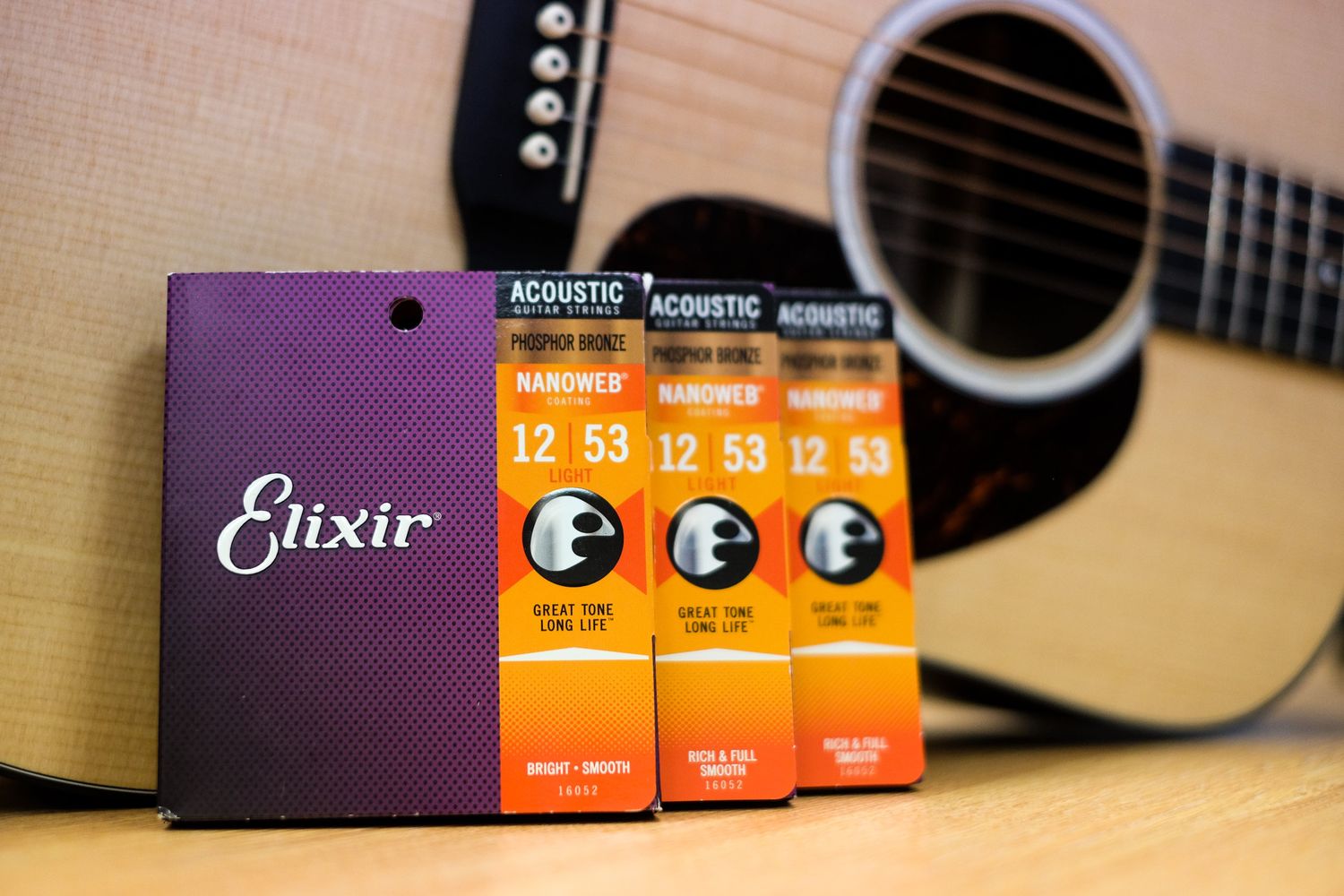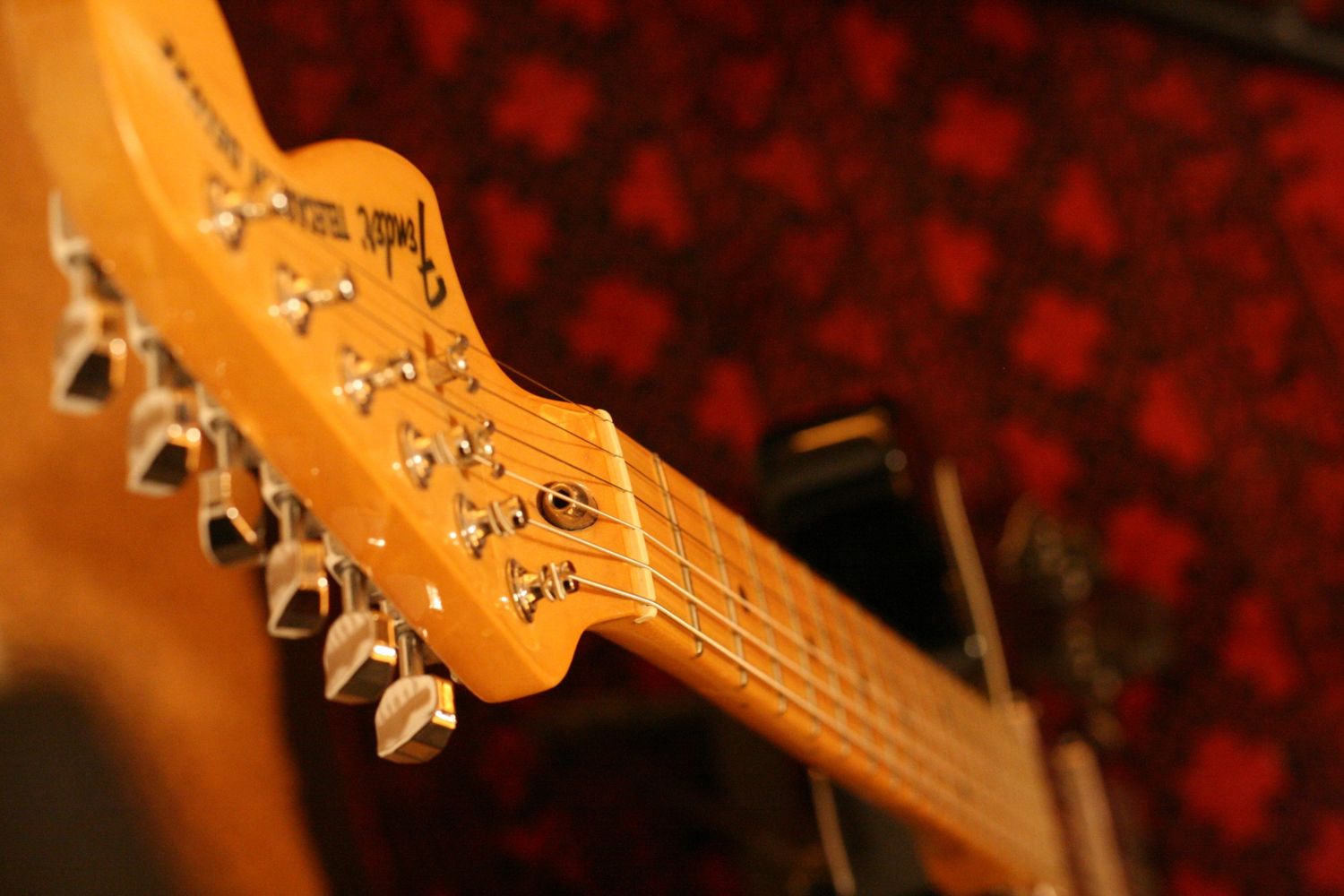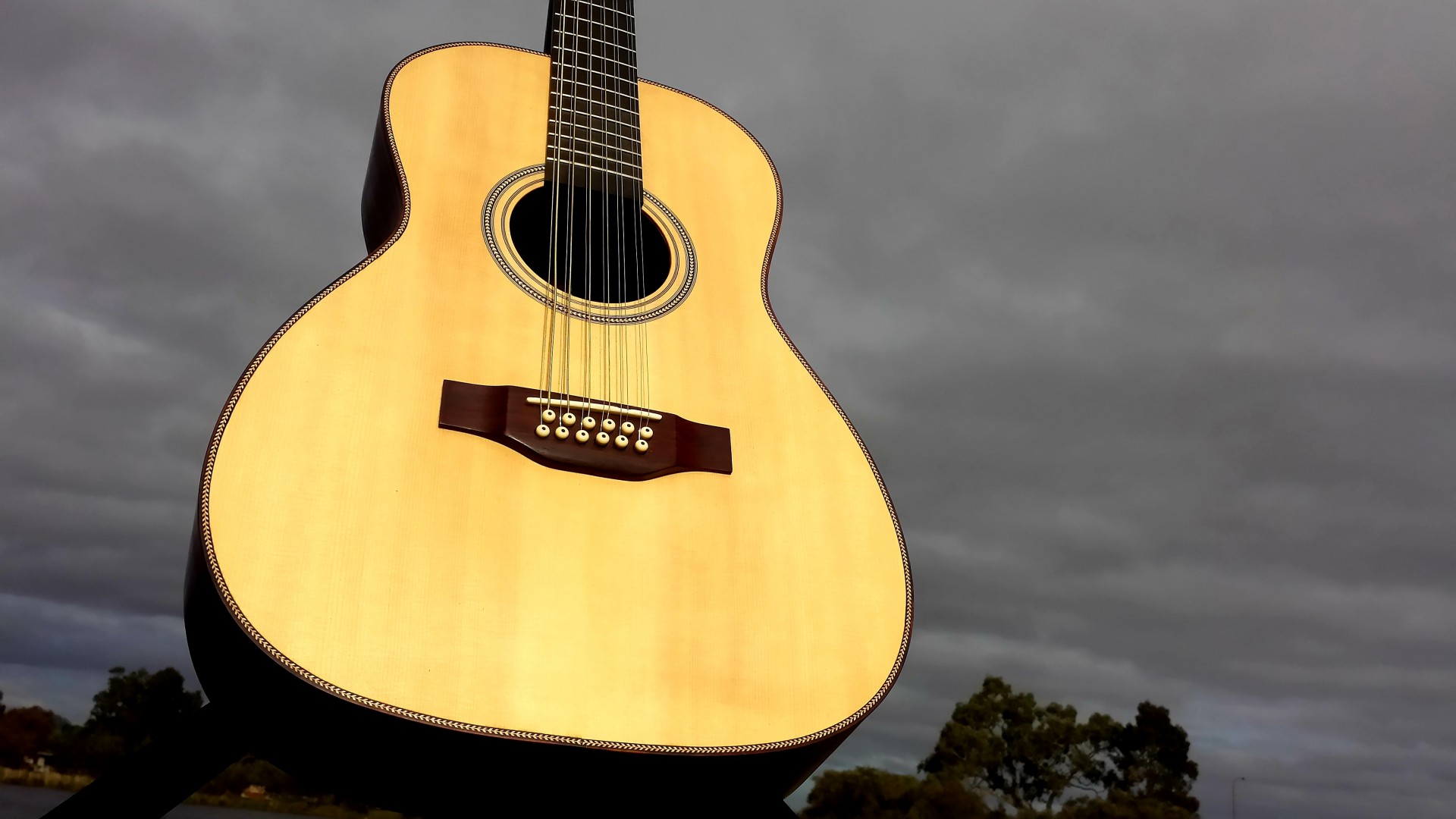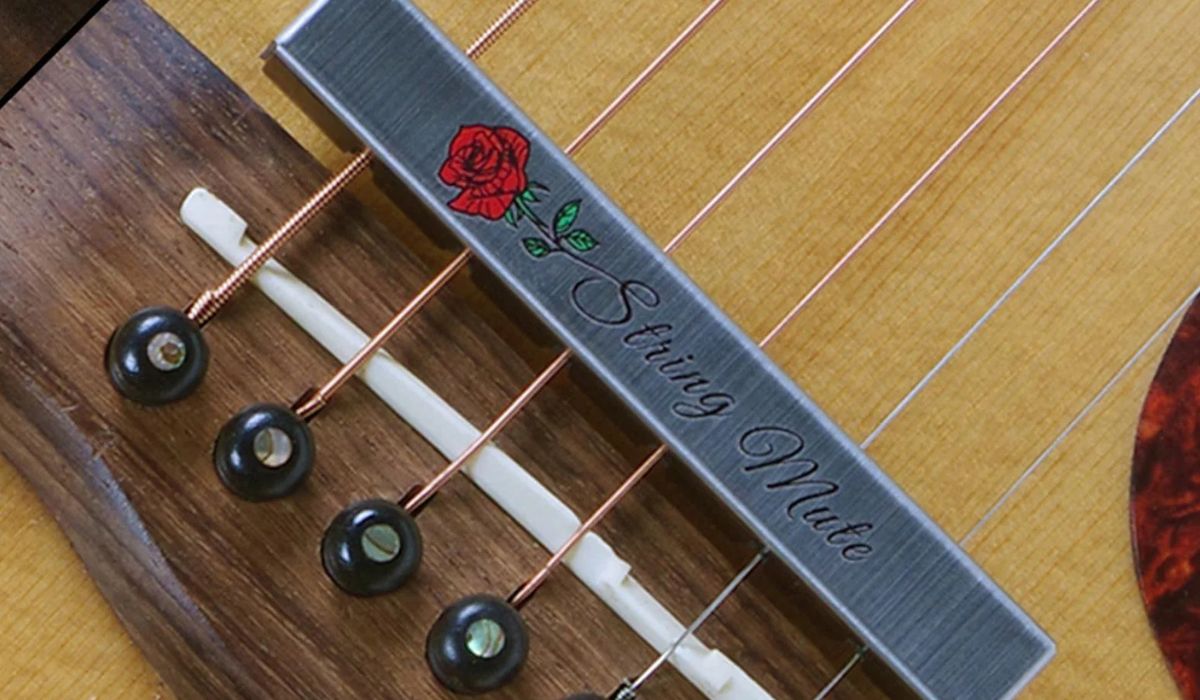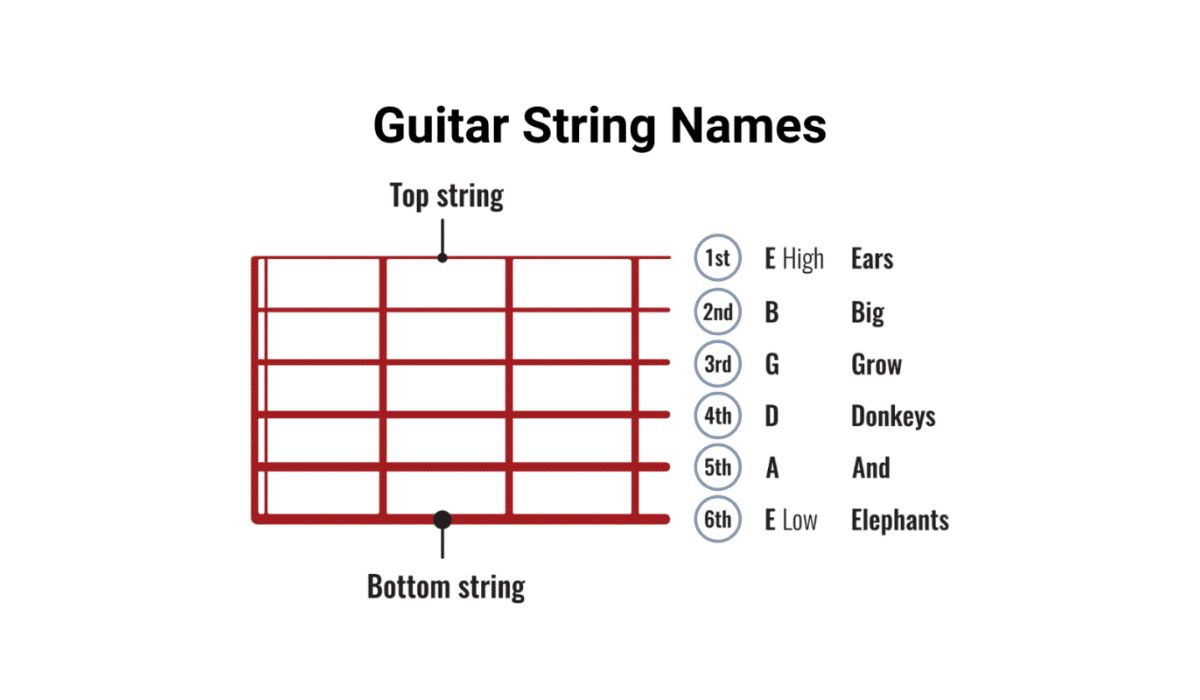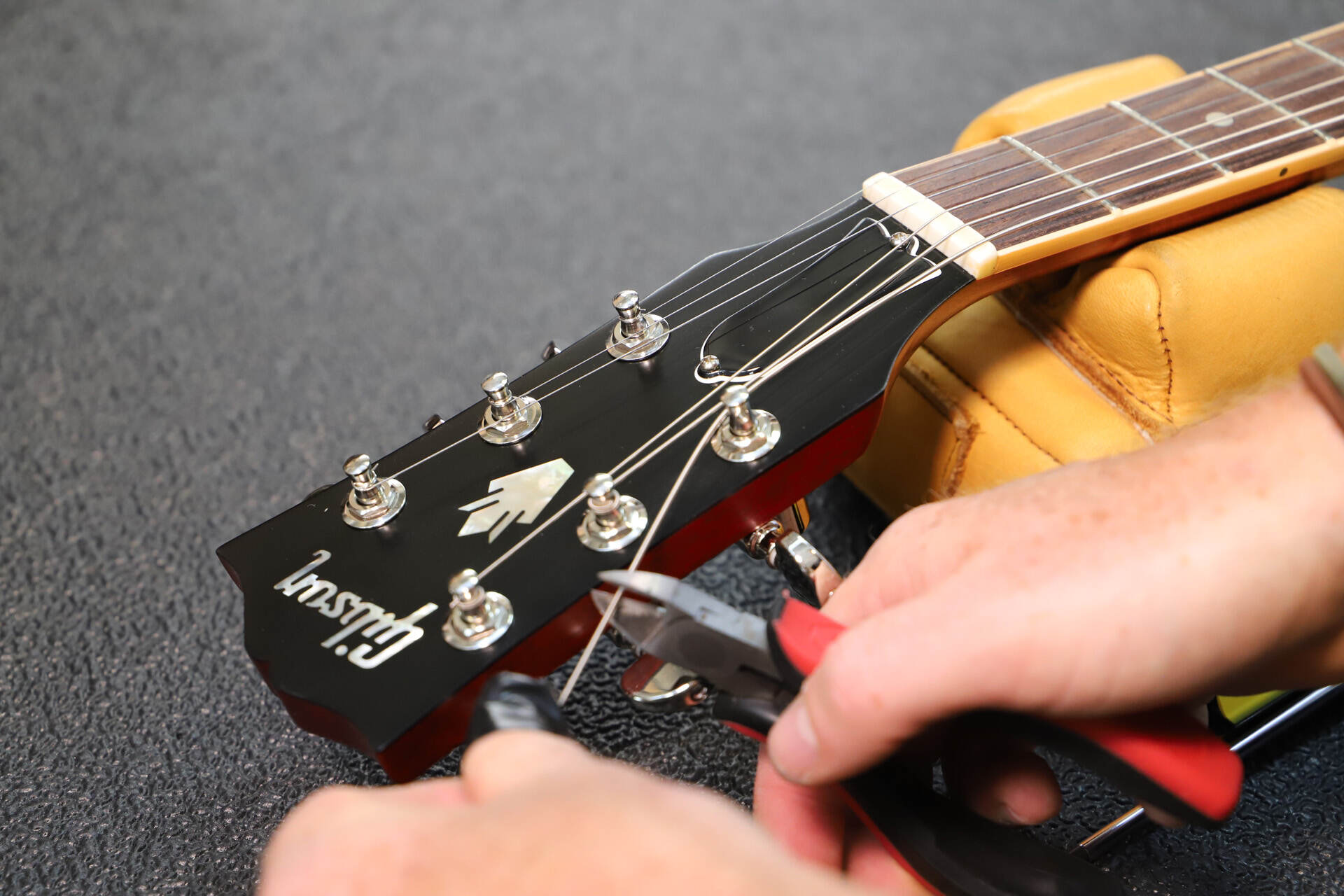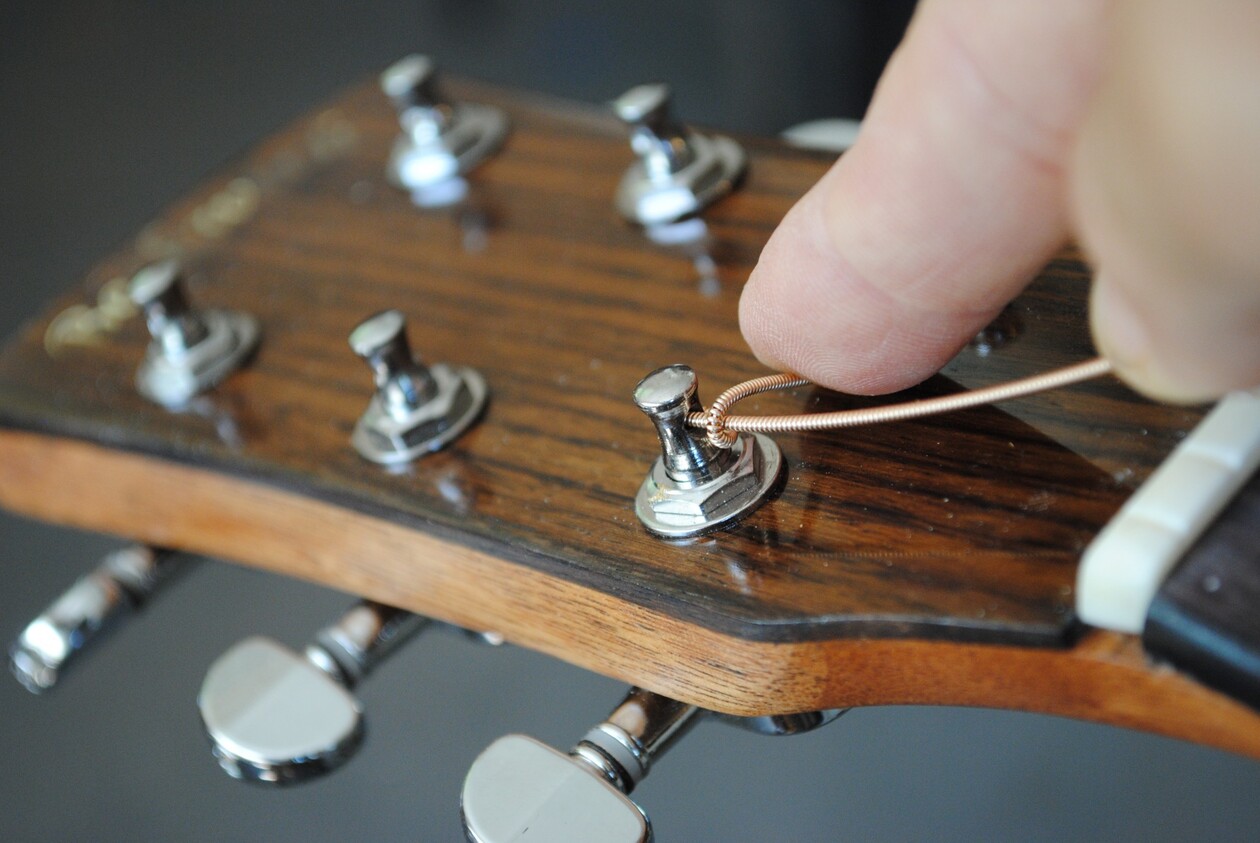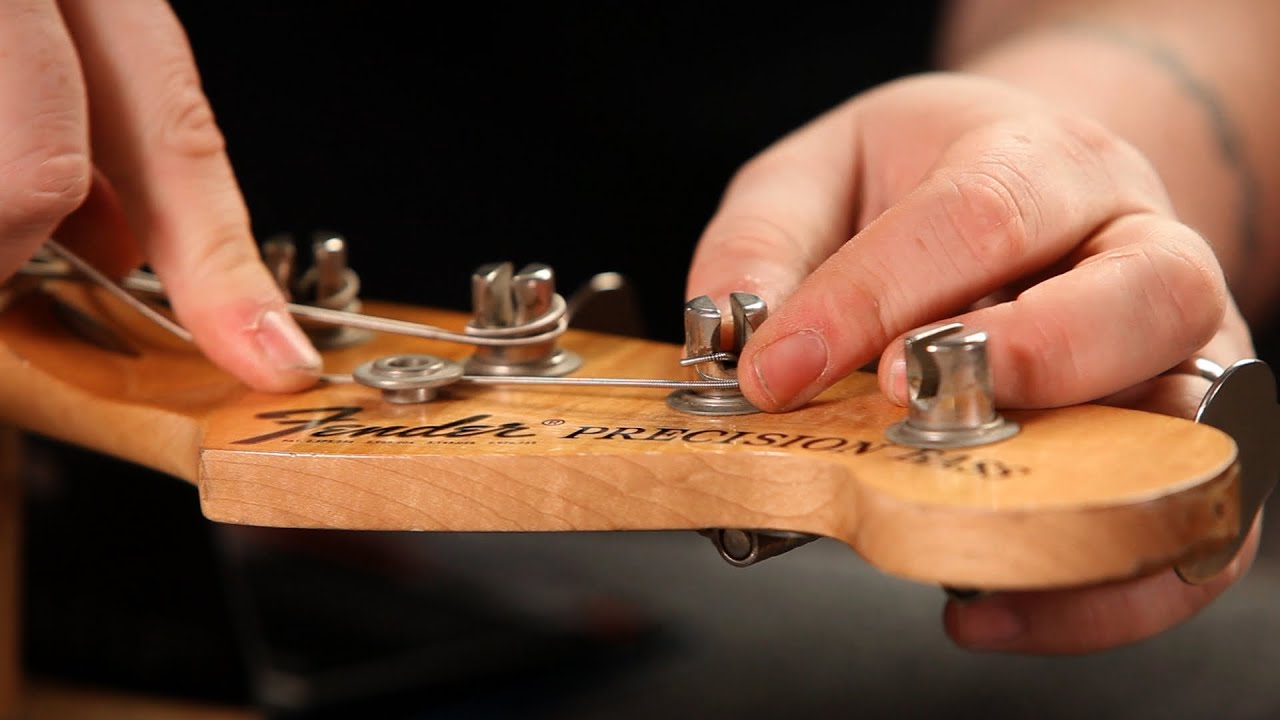Home>Instruments>Guitar>What Are The Letters Of The Guitar Strings
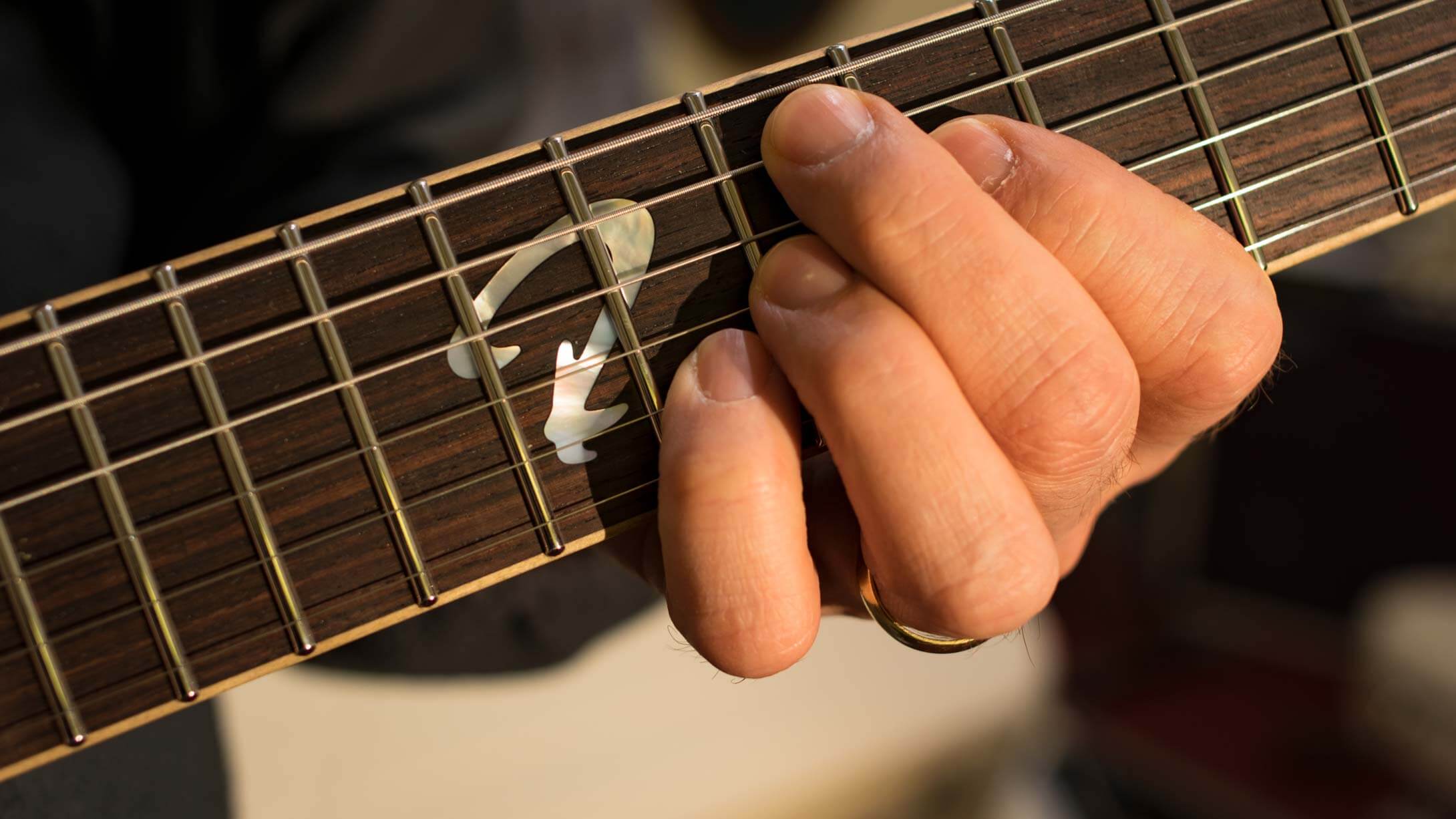

Guitar
What Are The Letters Of The Guitar Strings
Published: February 15, 2024
Discover the letters of guitar strings and learn how to tune your guitar with our comprehensive guide. Find out everything you need to know about guitar strings.
(Many of the links in this article redirect to a specific reviewed product. Your purchase of these products through affiliate links helps to generate commission for AudioLover.com, at no extra cost. Learn more)
Table of Contents
Introduction
The Fundamental Knowledge of Guitar Strings
The guitar, a beloved instrument for musicians across various genres, is a versatile and expressive tool for creating captivating melodies and harmonies. Understanding the letters of the guitar strings is fundamental for any guitarist, whether a beginner or an experienced player. The letters of the guitar strings represent the pitch of the open strings when strummed without pressing down on any frets. This knowledge forms the basis for tuning the instrument and understanding musical theory as it pertains to the guitar.
Learning the letters of the guitar strings enables players to tune their guitars accurately, identify specific notes on the fretboard, and comprehend chord and scale formations. It is a vital component in the journey of mastering this beloved instrument. In this article, we will delve into the standard tuning of a six-string guitar, explore the notes of each string, and provide mnemonic devices to aid in remembering the guitar string letters. Whether you are a beginner eager to grasp the basics or an experienced guitarist seeking to reinforce your knowledge, this guide will equip you with a comprehensive understanding of the letters of the guitar strings.
EADGBE: The Standard Tuning
The Foundation of Guitar Tuning
Standard tuning is the most widely used tuning for the six-string guitar. From the lowest-pitched string to the highest, the standard tuning is represented by the following letters: E, A, D, G, B, and E. When the guitar is in standard tuning, the open strings, when strummed without any frets pressed, produce the following pitches from low to high: E2, A2, D3, G3, B3, and E4. This arrangement allows for a versatile range of notes and chord voicings across the fretboard.
Standard tuning provides a balanced distribution of notes, facilitating the execution of various chords, scales, and melodic patterns. This familiar tuning serves as the foundation for countless songs and compositions, making it essential for guitarists of all levels to grasp and internalize.
Understanding standard tuning is pivotal for developing a strong musical ear and honing the ability to play in harmony with other musicians. Additionally, it enables guitarists to seamlessly transition between different musical contexts and adapt to diverse playing styles. Whether you aspire to strum along to your favorite songs, improvise captivating solos, or compose original music, mastering the standard tuning of the guitar is a crucial step in your musical journey.
The Notes of Each String
Understanding the Pitch of Each Guitar String
Each string on a standard-tuned guitar is associated with a specific note, representing the pitch produced when the string is played open. Understanding the notes of each string is essential for tuning the instrument, identifying fretboard locations, and comprehending musical theory within the context of the guitar.
The lowest-pitched string on the guitar is the 6th string, often referred to as the low E string. When played open, it produces the note E2. Moving up in pitch, the 5th string is the A string, producing the note A2 when played open. The 4th string, the D string, resonates with the note D3 when strummed without fretting any notes. The 3rd string, the G string, emits the note G3 as its open pitch. Next, the 2nd string, known as the B string, produces the note B3 when played open. Finally, the 1st string, also called the high E string, resonates with the note E4 when strummed without pressing down on any frets.
Memorizing the notes of each string is a fundamental aspect of navigating the guitar fretboard with confidence and precision. It lays the groundwork for chord formation, scale patterns, and improvisational exploration. Whether engaging in lead guitar playing, rhythm accompaniment, or intricate fingerstyle techniques, a thorough understanding of the notes associated with each string is indispensable for any guitarist.
How to Remember the Guitar String Letters
Memorization Techniques for Guitarists
Memorizing the letters of the guitar strings is a crucial step in mastering the instrument and developing a strong foundation in music theory. Fortunately, there are several mnemonic devices and memorization techniques that can aid in retaining this essential information.
One effective method is to utilize acronyms. For example, the phrase “Every Adult Dog Growls, Barks, and Eats” represents the first letter of each word, corresponding to the strings in standard tuning: E, A, D, G, B, and E. This mnemonic device provides a memorable and easily accessible way to recall the sequence of guitar string letters.
Another approach involves creating visual associations. Associating each string with a distinct color, shape, or object can help reinforce the memorization process. For instance, envisioning a vibrant blue ocean (E), a lush green meadow (A), a golden sun (D), a gray granite (G), a bright blue sky (B), and a radiant sun (E) can establish strong visual connections to aid in remembering the string letters.
Furthermore, incorporating the strings into daily practice routines and exercises can solidify the memorization process. When tuning the guitar, verbalizing the letters of each string out loud can reinforce the memory, gradually leading to effortless recall. Additionally, integrating the string names into scale and chord practice reinforces their association with specific fretboard positions, fostering a deeper understanding of the instrument.
Ultimately, the key to remembering the guitar string letters lies in consistent practice, creative mnemonic devices, and personalizing the memorization process to suit individual learning preferences. By employing these techniques, guitarists can confidently and effortlessly recall the letters of the guitar strings, paving the way for a more enriching and rewarding musical journey.
Conclusion
Empowering Your Musical Journey
Understanding the letters of the guitar strings is a foundational element in the pursuit of mastering this beloved instrument. From the standard tuning of EADGBE to the unique pitch of each string, this knowledge forms the backbone of a guitarist’s ability to tune the instrument, navigate the fretboard, and comprehend musical concepts.
By internalizing the sequence of guitar string letters and their associated pitches, guitarists gain the confidence to explore diverse musical styles, create captivating compositions, and communicate harmoniously with fellow musicians. The mnemonic devices and memorization techniques discussed in this guide provide valuable tools for cementing this essential knowledge, empowering guitarists to enhance their musical proficiency and creativity.
Whether embarking on the journey of learning the guitar for the first time or seeking to deepen one’s understanding as an experienced player, the letters of the guitar strings serve as a universal language, connecting players across genres and skill levels. This foundational understanding opens the door to a world of musical possibilities, enabling guitarists to express themselves with clarity, precision, and passion.
As you continue to hone your skills and expand your musical horizons, remember that the letters of the guitar strings are more than a sequence of notes—they are the building blocks of your musical identity and expression. Embrace this knowledge, infuse it with your unique creativity, and let it guide you as you embark on a fulfilling and enriching musical journey with the guitar.

